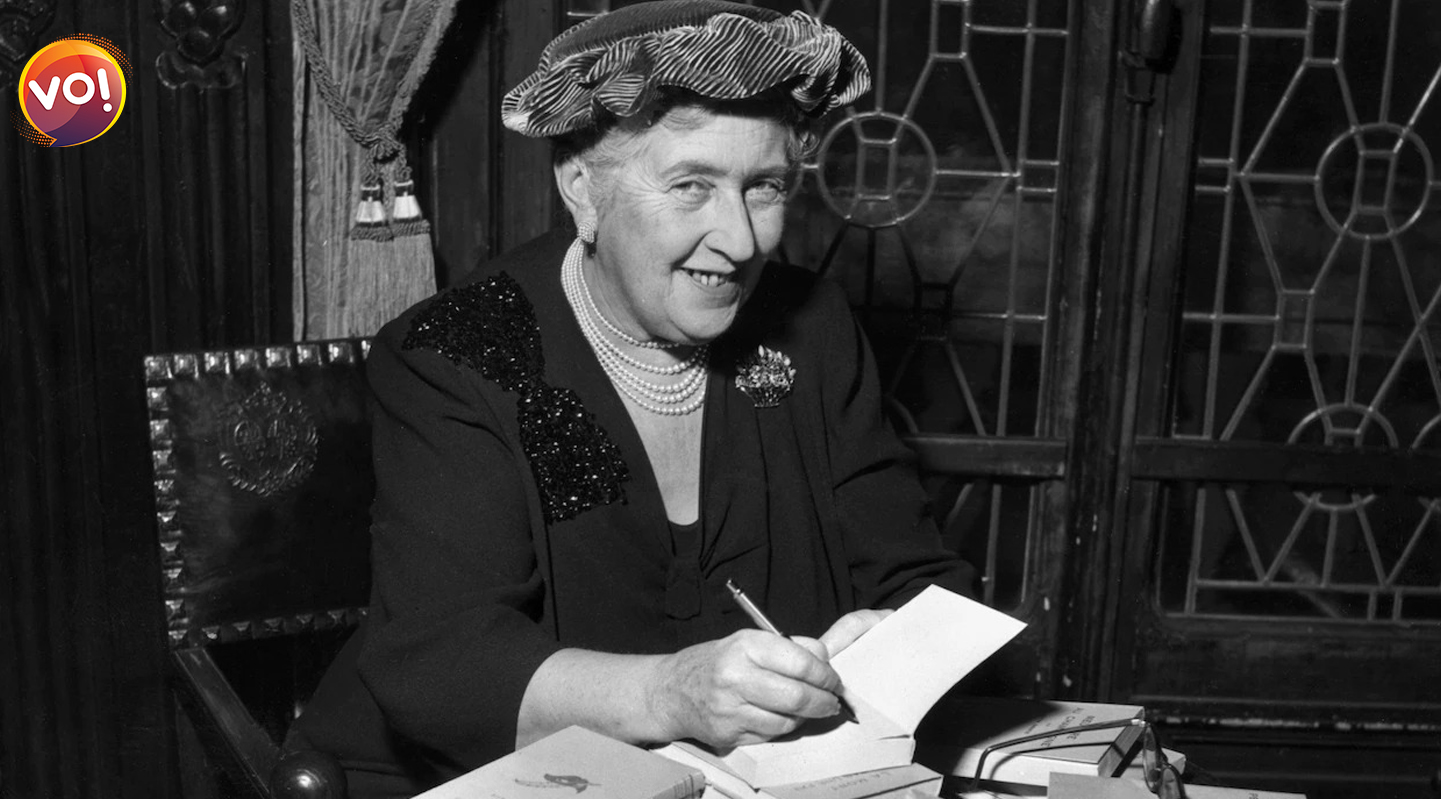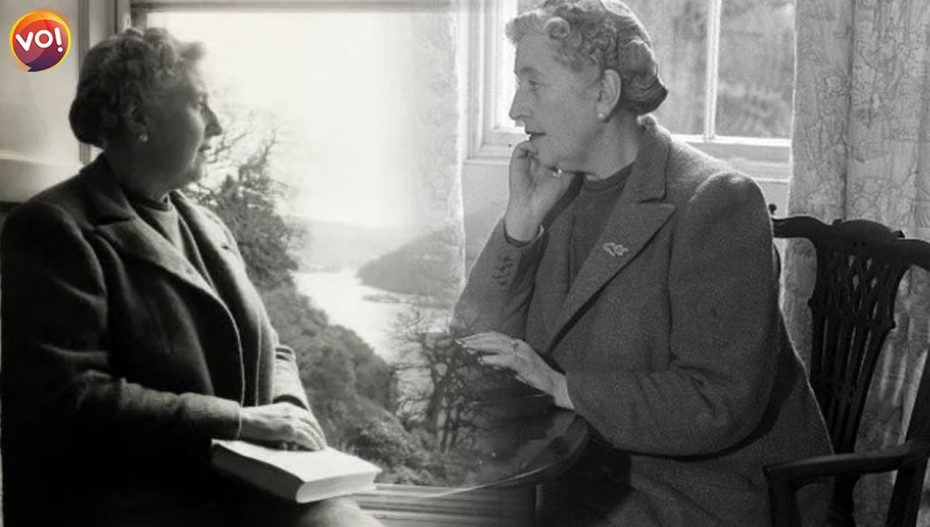For 15 years, hiding under the pseudonym Mary Westmacott, crime fiction master-writer Agatha Christie, also wrote stories that reflected the romance and longing of her private life.
Last month, BBC Radio 4 aired a dramatized audio on her first Westmacott novel, “Giant’s Bread.” Not only was it a distant depart from her usual thrillers, but it belied glimpses of the woman who wrote it. “Mary” was Christie’s middle name and “Westmacott” was borrowed from distant relatives. Not an uncrackable code, but more than enough to distance the work from the creator of Hercule Poirot and Miss Marple. Christie even changed her handwriting on the Westmacott manuscripts to avoid detection.
In fact, romance novels were Christie’s first passion. In 1930, she published her first Westmacott novel, “Giant’s Bread.” In her 1977 autobiography, Christie writes about adopting the Westmacott name “with a rather guilty feeling,” and enjoying herself by producing “something other than a detective story.” She adds: “Nobody knew that it was written by me. I managed to keep that fact a secret for 15 years.”

“Giant’s Bread” is about Vernon Deyre, a young man who is so short of money that he can’t afford to live in his family home. He’s forced to work for his despised uncle, a self-made man who runs a manufacturing business in Birmingham.
However, after seeing a concert at the Royal Albert Hall, Vernon becomes enamoured with music. He also falls in love with Nell, but her fortune-hunting mother objects to the match, and he also develops feelings for singer Jane, who encourages his ambitions as a composer.
Perhaps understandably, Christie’s publishers Collins (now part of HarperCollins) weren’t terribly enthused about her departure from lucrative detective fiction. But they needn’t have worried: Christie also produced her first Miss Marple novel in 1930, “Murder at the Vicarage.”
The book is dedicated to “the memory of my best and truest friend, my mother”, and seems to reference her own childhood in the vivid depiction of Vernon’s upbringing in the countryside, ruined by the family’s financial woes. Christie’s first husband Archie was deployed to France when the First World War began, just like Vernon, while Christie worked as a volunteer nurse, like Nell.
But the most notable parallel is Vernon’s amnesia. Christie makes no mention of her sensational disappearance in her own autobiography, but we get hints of it in Giant’s Bread. In 1926, Archie asked Christie for a divorce after falling in love with Nancy Neele. Christie then disappeared for 11 days, creating a mystery every bit as baffling as one of her own creations.
“Giant’s Bread” is also full of romantic drama and disappointment, which Christie certainly experienced herself through the public breakdown of her marriage. Her daughter Rosalind Hicks describes the Westmacott novels as “bitter-sweet stories about love.” In her autobiography, Christie writes crisply of this period: “So, after illness, came sorrow, despair and heartbreak. There is no need to dwell on it.”
There are further clues to the real Christie in her second Westmacott novel, “Unfinished Portrait,” published in 1934, which reads even more overtly like a memoir. The novel is about Celia, who is on the brink of suicide after her husband leaves her for another woman. Many have speculated that suicidal intent is another explanation for Christie’s own disappearance – but that, like Celia, she changed her mind. Celia is saved by a chance meeting with an artist; Christie, arguably, by her art.
The next Westmacott novel, “Absent in the Spring”, followed 10 years later, in 1944. Christie had kept busy in the intervening years producing many of her most iconic volumes: Murder on the Orient Express, The ABC Murders, Death on the Nile, Evil Under the Sun, The Body in the Library. But she still had more to share as Mary Westmacott. Thereon, came “The Rose and the Yew Tree” (1947), “A Daughter’s a Daughter” (1952) and “The Burden” (1956).
Also Read: Hindi Novel Bags Booker Prize 2022













